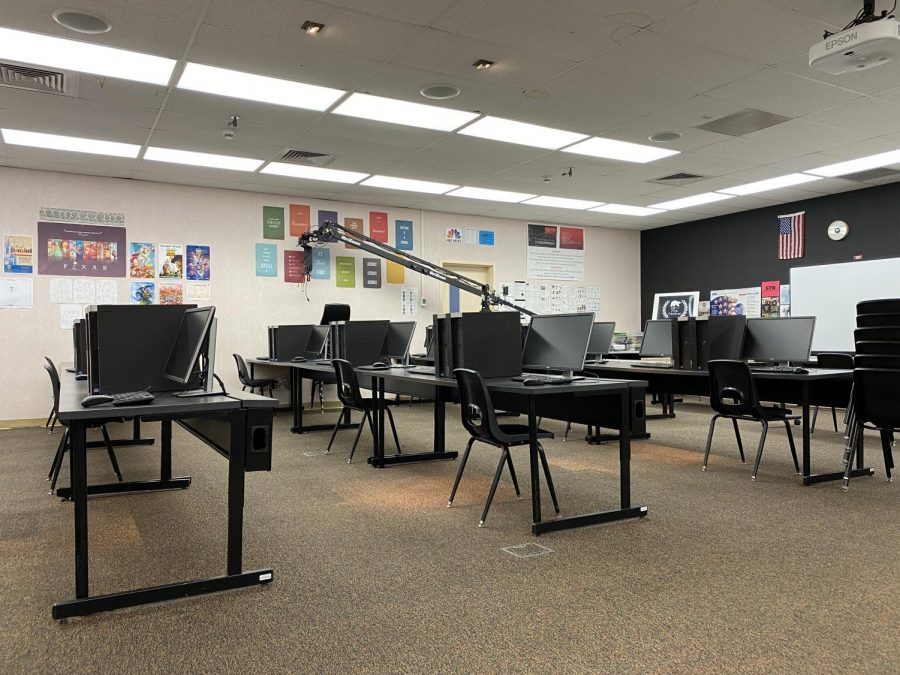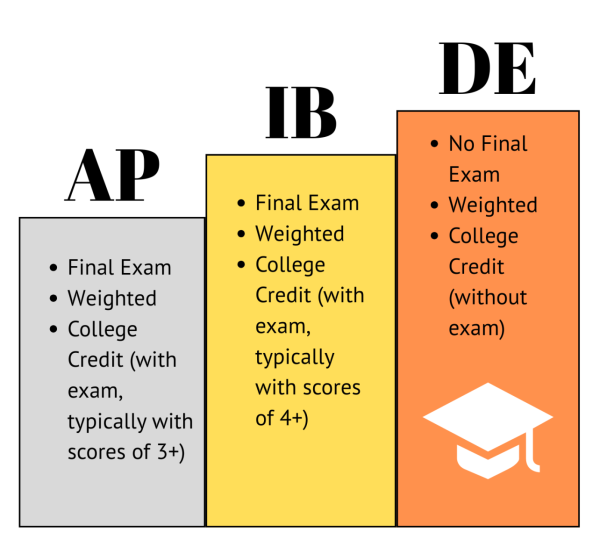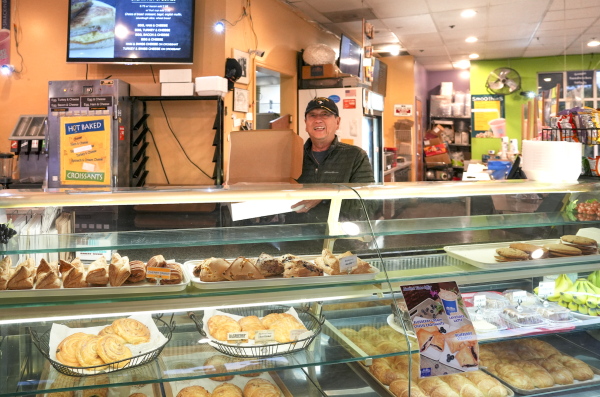Lack of access to technology and equipment affects quality of learning
Connectivity issues and technology access serve as obstacles for students and teachers while distance learning.
Technology and equipment remain inaccessible while students are distance learning from home.
Since school went online in March, both teachers and students all over the country have been affected by limited access to technology and connectivity in a format where both are absolutely necessary— especially in technology based programs such as media.
Granite Bay High School’s media teacher, Zachary Weidkamp, is one teacher whose course, if it took place on campus, frequently uses a wide range of equipment— cameras, tripods, lights, stabilizers, microphones, and other necessary technology required for media production.
The media course is responsible for producing the bulletin and other material for GBHS; however, without access to the proper equipment, production is difficult.
“(The students) don’t have access to our studio where they film the bulletins,” Weidkamp said. “I can’t teach (the equipment) to the beginning kids.”
Unfortunately, this impedes the flow of production for the media program and reduces what beginning students learn in the course.
Junior Sophia Deaver, a media management student at GBHS, believes that the lack of access to technology has caused an increased difficulty for adequate media production in the course.
“It’s harder to produce because we don’t have access to (the studio and equipment) yet,” Deaver said. “It would be a more productive class if we were actually (at school).”
In addition to the physical equipment, the media program usually uses Adobe Premiere as their editing software, but it is quite expensive for students to get on their own.
“The district is providing Adobe access to students,” Weidkamp said. “If the student has a Mac or a PC at home then they can install (Adobe) and… edit at home. If they don’t, they have to use something else. It’s not consistent; not everybody has a PC or a Mac at home.”
Although the school district is covering the costs for the editing software, it is still not a guarantee for everyone. As for the rest of the equipment, media students are either using their personal or cell phone cameras, and while most people will have one of the two, even this is not a guarantee.
If school does open as planned, the media program will be much better off, though far from normalcy.
While the media program and other technology equipment-based programs are largely impacted due to the online learning format, they are not the only courses affected by technology issues.
The RJUHSD has ensured that every student has their own personal chromebook, so access to technology should not be an issue. However, not everyone in the district has WiFi access or stable internet connection.
Junior Megan Morales, is one of many students who has been generally affected by connectivity issues at home.
“(Many of my classes have) had connection issues,” Morales said. “We watch a lot of documentaries by the teacher sharing his screen but it makes the video choppy and that’s difficult.”
Aside from screen share, Morales said that communication during class is an issue as well.
“Sometimes… when students unmute their mics to talk, their bad internet messes with the audio quality and (they) cut out,” Morales said.
While many teachers and students are trying to make the best out of the resources available to them, some issues are inevitable.
“It’s harder to work and facilitate conversations with students over Zoom,” Weidkamp said. “It’s a lot more constrained.”
Alexandra is the Features Editor for Granite Bay Today and The Gazette. This is her second year on staff.









![A group photo of all students who came to STN at the first Cinefest of STN were they showed films that other schools did for some of the competitions.
"[my favorite moment was] crazy 8 or cinefest or socializing." Elliana Montez a freshman at GBHS](https://granitebaytoday.org/wp-content/uploads/2025/03/CgHlLzxuCLXTL8GUeOFSXTK2JFtSMxUFrH6bnLcM-600x450.jpg)




